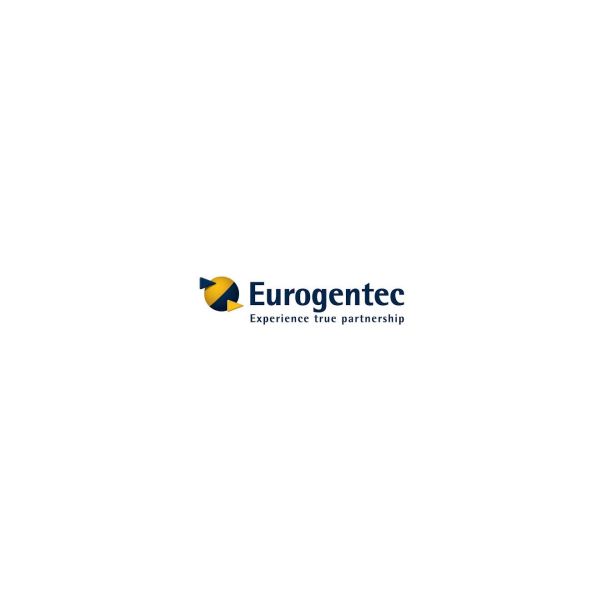Ion-Exchange HPLC (IEX-HPLC) 200 nmol scale, 1 purification
The main advantage of HPLC (high-pressure liquid chromatography; High-performance liquid chromatography) purification is the monitoring of the purity level. It is recommended for applications such as diagnostic primers and antisense probes.
Ion-Exchange chromatography (IEX-HPLC) method is based on a resin (generally sugar polymer) carrying positively (anion-exchanger) or negatively (cation exchanger) charging groups. Molecules to be isolated are bound on the support by electrostatic interactions. Fixed compounds are then eluted by addition in the mobile phase of competitive ions. On the basis that oligonucleotides differing in their sequence possess a different charge, anion-exchange resins can be used to separate the full-length oligonucleotides from failure materials. The resolution of this technique is very high but limited to the purification of rather short oligonucleotides (up to 39 bases).
| Price | 240,00 RON (preturile sunt fara TVA) |
|---|---|
| Description |
The main advantage of HPLC (high-pressure liquid chromatography; High-performance liquid chromatography) purification is the monitoring of the purity level. It is recommended for applications such as diagnostic primers and antisense probes. |

 English
English



